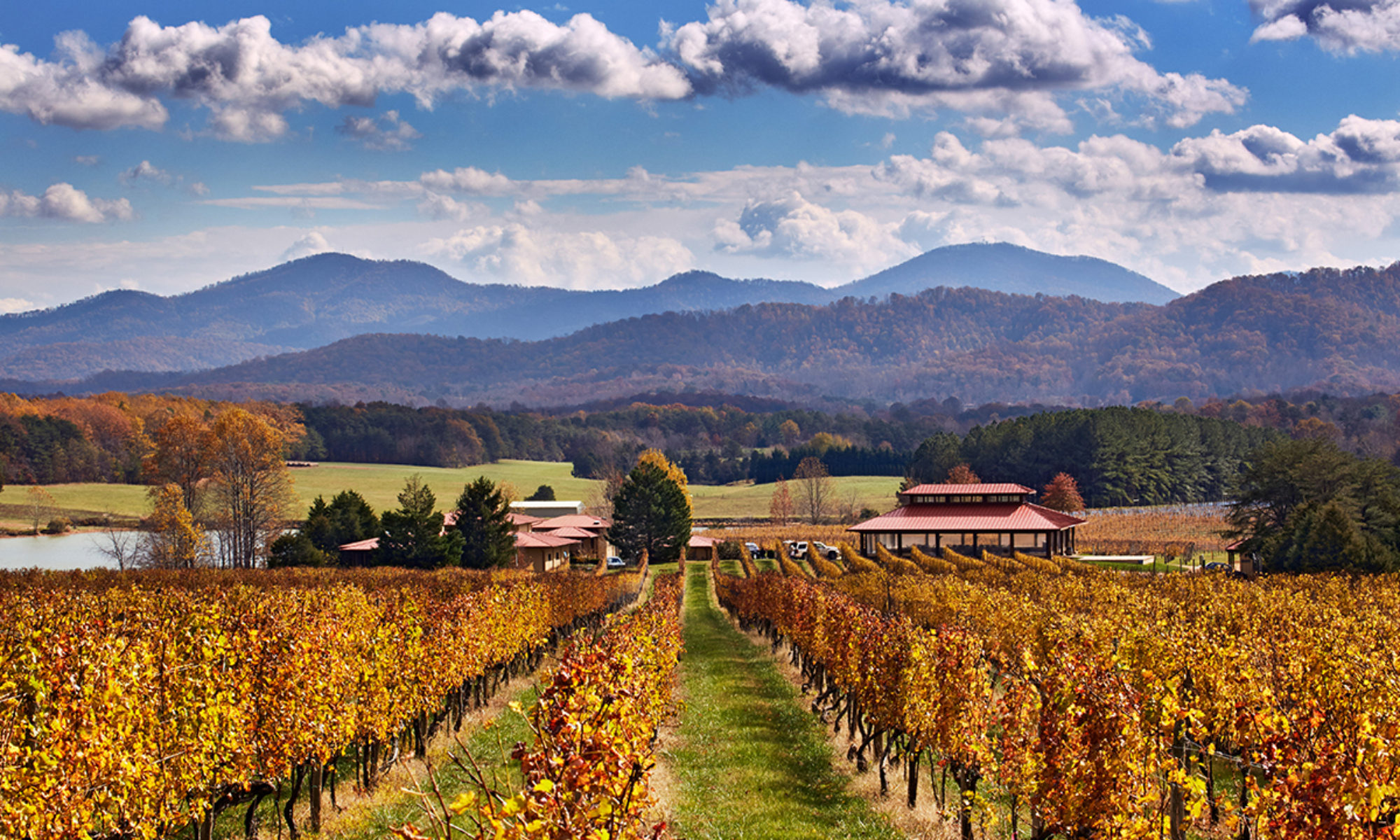Muse Vineyards
Muse Vineyards is located on the amusingly named Serendipity Lane, near Woodstock on the Shenandoah River, between Strasburg and Mt Jackson. The vineyard is named for owner Robert Muse. He and Sally Cowel bought the property over a decade ago and opened the winery in 2015. Robert is a former lawyer, and Sally was American Ambassador to Trinidad and Tobago. In keeping with the resonance of the family name, wine blends carry names of mythological Greek muses. Tim Rausse, well-known in Virginia wine circles (and son of Gabrielle Rausse) is the winemaker. The property has 22 planted acres, from which they not only make their own wines but sell grapes to other winemakers. Be ready for dirt roads and one-lane bridge as you make your way here.
Wine. One of the Top 20 wineries in Virginia. Two Muse wines – the 2019 vintage “Clio” (a Bordeaux-style red blend) and Nebbiolo – were awarded gold medals at the 2023 Virginia Governor’s Cup state-wide wine competition. The 2021 vintage Roussanne white was named “best in class” at the prestigious San Francisco Chronicle nation-wide wine competition in 2023; at the same event, the Muse 2019 Petit Verdot was also awarded a gold medal, while four wines were awarded silver medals: the 2019 Cabernet Franc and Nebbiolo, 2021 Limited edition Roussanne, and Blanc des Blancs sparkling. At the 2022 San Francisco Chronicle wine competition, the 2020 vintage Roussanne won an impressive double gold medal, while the Muse 2016 and 2017 vintage Nebbiolo were awarded gold medals. The 2019 Cabernet Franc was also awarded a gold medal at the also-prestigious San Francisco International wine competition. The 2020 vintage Roussanne and 2017 Cabernet Franc received silver medals at the 2022 Virginia Governor’s Cup. Among wines recently available were an oak-barrel aged Chardonnay and the award-winning Thalia in whites, Calliope (Grenache and Syrah blend) and the Clio in reds.
Setting. One star. Beautiful Shenandoah Valley views (for the most spectacular pictures of the winery, click on their impressive website). Look for the narrow suspension bridge over the Creek on the grounds. Small, modern tasting room. Rarely crowded as not very close to other wineries. Cheese and meats available for purchase.
Stories. Mound Builders formed the most extensive and long-lived culture of pre-Columbian North America. Over a 5,000 year-period, ending shortly before the arrival of European settlers, a group of associated cultures build thousands of Mound structures – for ceremonial, burial, and elite residential purposes. Their mounds – flat-topped pyramids, at times formed into animal shapes – were most concentrated in the Mississippi and Ohio River Valleys, but could be found all the way from Georgia north to Wisconsin. Their largest known settlement was at Cahokia, near present-day St Louis, which featured dozens of mounds including the 100-foot tall Monks’ Mound, had over 20,000 inhabitants, and influenced a larger area of an estimated 100,000 people. One of these Mound Builder groups evidently came as far East as the Seven bends of the Shenandoah, south of Fort Royal. An early colonial Virginia chronicler, Samuel Kercheval, stated that when settlers arrived in what is now Shenandoah County, virtually every farm in the bottomlands of the river and creeks contained pyramidal ceremonial mounds, dome-shaped burial mounds, and the ruins of large villages. As late as 1865 there was a 25-feet high, 250 ft. by 250 ft. pyramidal mound near the North Fork of the Shenandoah River and the town of Mount Jackson. Some mounds survived to be field fortifications during the Civil War, but soon afterward were leveled. The remnants of some mounds survive today on the fringes of the valley and between Massanutten and the Blue Ridge Mountains. Archaeologists have recently identified numerous stone cairn cemeteries in the northern tip of the Shenandoah Valley, and some ceremonial rings built out of stones in this region. The cairns have been determined to be cremation biers that date from the Middle Woodland Period up to the early Mississippian Period. The area is the same where archaeologist William Gardner identified several large, long-lived villages on the South Fork of the Shenandoah River and downstream from where the two Forks of the Shenandoah River join together. Some of these villages might have had as many as 1,000 residents.
